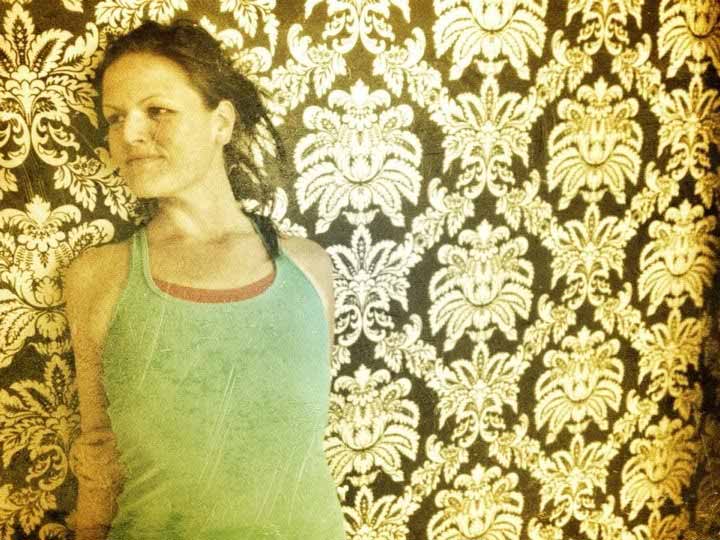By Tiffany Rose, SOYA RYT 500
Whether you are aware of it or not, you probably now, in the past or in the future will have a student who has experienced trauma. Research suggests that almost 1 in 10 civilians in Canada meet the criteria for PTSD. That means if you have a class of 20 students, 2 of them have PTSD.
( http://www.cbc.ca/news/technology/almost-1-in-10-canadians-has-post-traumatic-stress-at-some-point-study-1.773448 )
Much of the language we use about trauma can have a negative or belief building influence. Describing those who are affected as victims, survivors or traumatized does not build up or empower. It is important to note that while it is a very serious condition, describing it as a disease or something that is wrong with someone does not validate or normalize their current experience. I prefer to say I live with Complex PTSD rather than saying I am a victim of it.
Here are some ways to make your class more sensitive to those who have experienced trauma. In an asana class begin to create and hold space for students to own and have their own experience.
Avoid language that is commanding or takes ownership such as
– I want you to
– You should be feeling
– Let’s, we, we’re
Avoid sexually charged language such as
– Open or spread your legs
– using street or sexy names for body parts
– negative cuing and negative verbal alignment such as “don’t do…”
Instead offer:
– I invite you to…
– What you may be experiencing in your body…
– I am currently experiencing _______ sensation in my __________. Notice where in your body you are experiencing the sensations of this asana.
– Use anatomically correct language in a neutral tone
– Say “please” and “thank you”
It’s important to remember that your students are not on their mats for you. For many this is a private, vulnerable and scary journey to embark on. It is important to maintain a consistently reliable presence that offers them a safe environment in which to have any experience they need to have.
Normalize and validate. Every experience is valid. It’s important to provide safety for students but also important to respect that each body is going to be carrying trauma in its own unique way and therefore each student will ultimately have to carve out their own experience. As the teacher a sensitivity and insight into each student’s ability is an important tool.
For example, some students may be at their emotional limit in a pose even though they may not be executing it in a way that seems “correct” according to our training or our own ideas about each pose. Correcting their posture could take a student into a place of disassociation due to an overwhelming amount of sensation which he/she may not have developed the tools to handle yet. In this case it is better to leave the student just as they are and allow them to develop the ability to breathe and experience what they feel. It is much more accessible to stay present with the breath with minimal sensation than it is to try to breathe with intensity. The only exception is if the student is in danger of harming themselves.
Lastly, including yoga nidra at the end of the class may assist students to better connect with awareness to individual areas of the body, allowing them to release tension and relax without feeling overwhelmed by trying to focus on the whole body at once.
Tiffany is a SOYA 500hr RYT and lives in Red Deer, Alberta. She offers trauma-sensitive yoga classes and workshops. Please visit her website www.unguru.ca
Celebrating over 25 years of Teacher Training


Thank you for this article. As a trauma counsellor and yoga teacher I am sensitive to trauma in the yoga studio! Comments I have heard such as “Happy Husband pose” for happy Baby pose and other sexual references for wide-legged poses can be extremely uncomfortable for someone with a history of trauma……. and yoga is such a wonderful place for people to learn to be in their bodies, perhaps for the first time in a long time.
I recently emailed feedback to a studio about specific teachers using the term “happy husband pose.” It definitely made me uncomfortable, but the studio suggested that I was asking too much and suggested I go to other teachers. Am I wrong to think that any yoga teacher should be sensitive to this?
Hello SOYA
Thank you for your excellent newsletter. Is it ok to share articles from your blog on my Facebook page with credits showing to the authors of both the SOYA blog and the contributor of the article.?
Absolutely Kathryn! Please share them as you like.
Beautifully put as usual, you have an incredible love for living you’re Yoga and that transfers to us. You are way more than a Yoga Teacher.